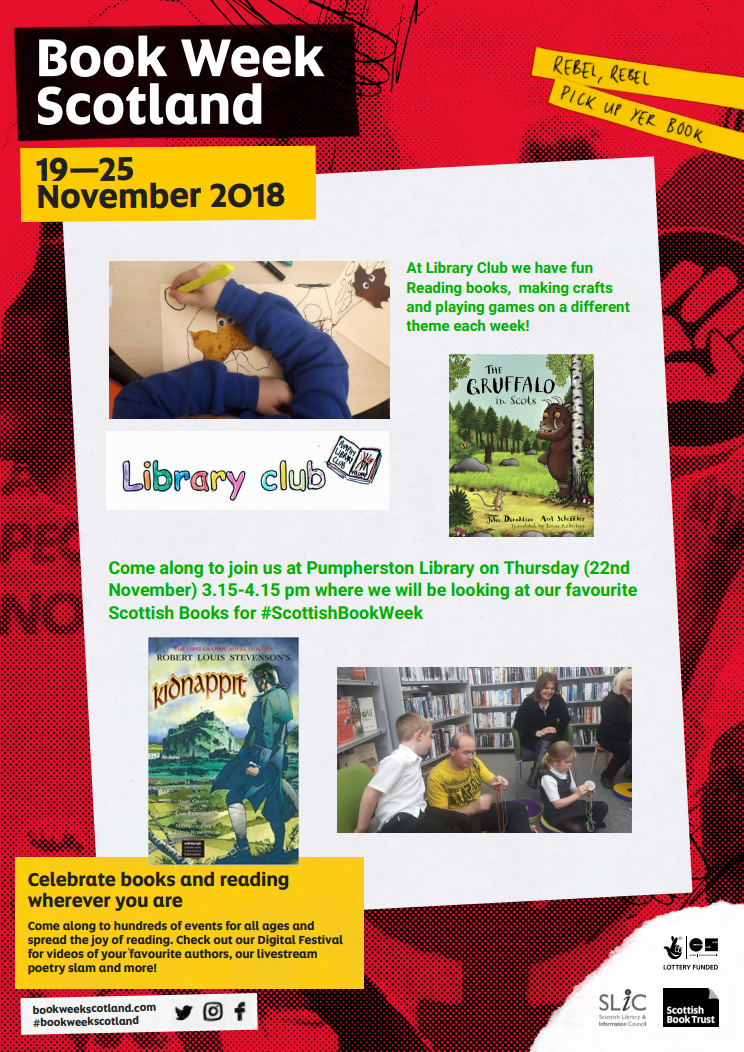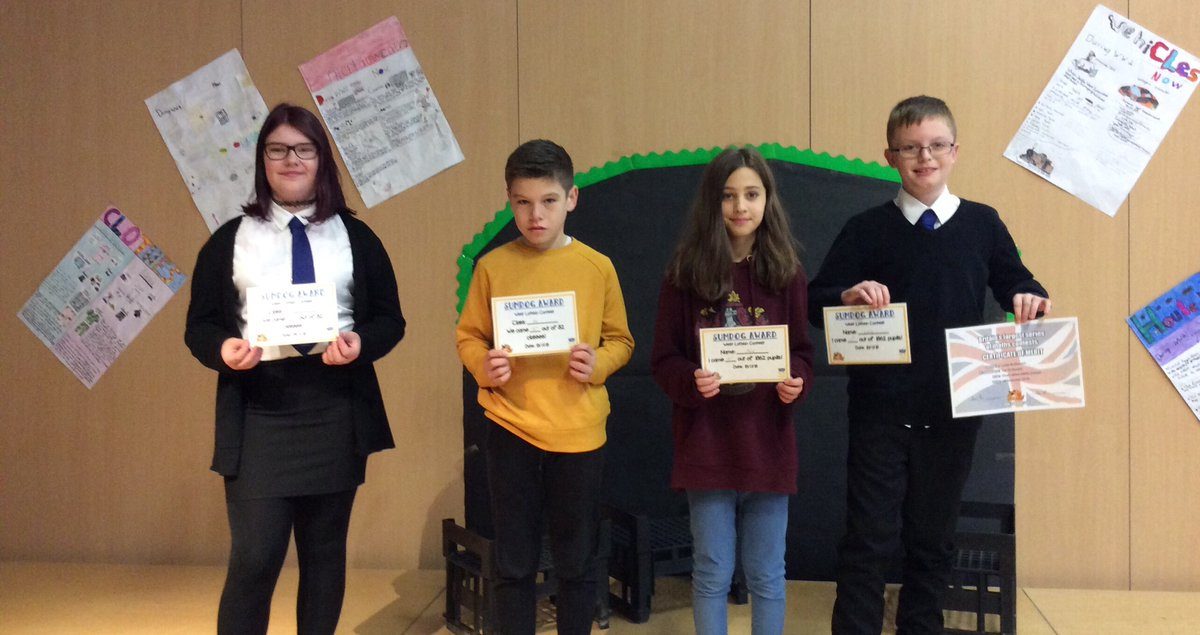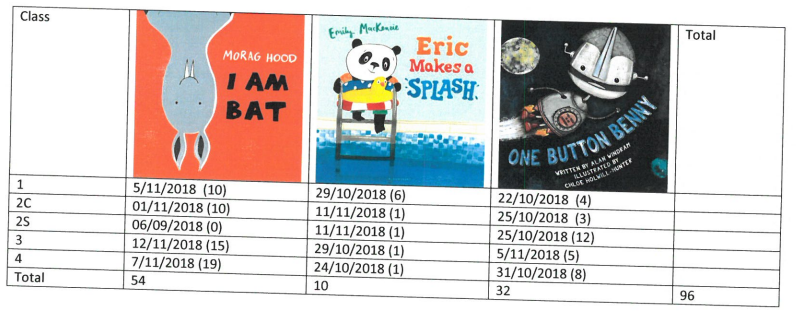Club Wild – Feed the Birds
At Club Wild we have been making fat cakes for the birds.
Here is our quick and easy ‘Club Wild – Bird Fat Cake’ recipe:
Ingredients
– Lard/Vegetable or beef suet
– Porridge oats
Any of the following – bird seed, meal worms, bird nuts, ground nuts, hard cheese
Moulds – yoghurt pots or other plastic tubs, coconut shells, pine cones
– String to tie the mould
Mix all the ingredients together in a bowl until they are bound together. The warmth of our hands made the fat squidgy and sticky. Spoon the mixture into the mould and press it down.
By providing fat for the birds we are helping them put on the weight they need to keep warm and survive the winter. Hopefully we will attract more birds to the school grounds where we can watch and learn more about them.
Sumdog Champs!
P7 Assembly: World War II
https://vimeo.com/301481033
Children in Need 2018
Today we came to school dressed down in spots, yellow, like Pudsey or in our own clothes to raise money for Children in Need. We also donated lots of toys, games, home baking and books to a bring and buy sale. All our efforts raised a massive £402.65 for CIN … A huge amount! Well done who everyone who contributed to raise this fantastic amount. 
Repost: Book Week Scotland
Bookbug Picture Book Prize
Sum Dog Update
West Lothian Sum Dog Competition
Club Wild – Why Do Leaves Change Colour?
At Club Wild we have been looking at why leaves change colour and fall off their trees in the Autumn. We learned that the word for this is Senescence and this occurs in mid to late Autumn as different deciduous trees change from green leaf to a variety of colours.
It is funny to think that most of the spectacular colours of Autumn have actually been in the leaves all summer, covered up by the dominant green chlorophyll. As the weather cools and shorter days settle in, the chlorophyll starts to break down, revealing new and varied colour pigments. the brightest colours are seen when late summer is dry and autumn has bright sunny days and cool nights.
We went out to see if we could find and collect leaves with the different pigments. Some trees still had the green chlorophyll. Chlorophyll is responsible for helping trees and plants turn sunlight into food. The red, anthocyanin that we found in some leaves is produced as the chlorophyll is broken down unlike other pigments which always exist in the leaf. The yellow, xanthophyll can be seen throughout the Autumn on trees including birches, elms and oaks. The orange, carotene can be found beautifully on sugar maples. As the name implies, carotenes are also the chemical responsible for giving carrots their colouring.
We used the different coloured leaves to do some autumn art but the best thing to do during Autumn leaf fall or senescence is to run through the huge piles of crunchy, soft coloured leaves 😊🍂🍁


































